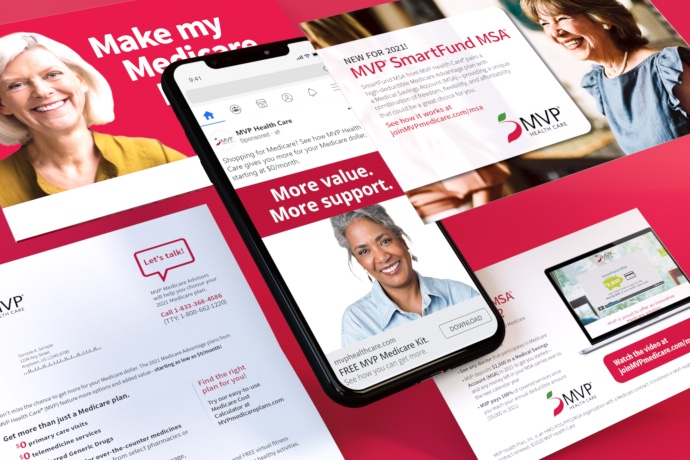Boosting D-SNP Marketing Success with Demographic Data Insights

Dual Eligible Special Needs Plans (D-SNPs) are designed to integrate and coordinate benefits between Medicaid and Medicare, aiming to improve health outcomes and reduce costs for those eligible. Despite these benefits, effectively reaching and educating the dual-eligible population about D-SNP options remains a challenge. Understanding the characteristics and needs of this group is crucial for developing effective marketing strategies.
The dual-eligible population is growing. With the Centers for Medicare and Medicaid’s (CMS) recent efforts to streamline enrollment processes and reduce aggressive, confusing marketing tactics, there is a clear opportunity for growth. By leveraging demographic data, payers can make informed, strategic decisions to not only reach but also effectively communicate with potential D-SNP members.
What We Know About the D-SNP Population
According to the Kaiser Family Foundation, Medicare-Medicaid enrollees are a diverse and vulnerable population with complex health and social needs. Nationally, they differ from the general Medicare population in several notable ways:
- Age Distribution: 40% are younger than 65.
- Economic Status: They generally have lower incomes and higher poverty rates.
- Health and Disability: There is a higher prevalence of disabilities and mental health issues.
- Diversity: They are more racially and ethnically diverse compared to the general Medicare population.
- Health Status: This group is more likely to report poorer health outcomes and functional limitations.
Further insights can be gleaned by examining market-specific data, which reveals nuances and variations in demographic, socioeconomic and health characteristics can be helpful for tailoring outreach and engagement strategies. MRI Simmons, a leading provider of consumer media behavior, can tell us a great deal about specific needs, preferences and challenges at the market level. For example, New York State is quite populous for dual-eligibles. The self-reported data below can shed some light on how this market varies from the population in general.
Demographics and Health Status in New York State
- Median Age: The median age of D-SNP members in New York is 63.5 years, which is approximately 5 years older than the national median for this group.
- Racial and Ethnic Composition: The population is diverse, with 20% African American and 34% Hispanic members, the latter of which over-indexes compared to national figures.
- Housing Status: More than half (52%) are renters, which is higher than the national average of 46%.
- Social and Living Conditions: They are predominantly female, less likely to be married and more likely to live alone.
Strategic Consideration: Partnerships with community housing programs could be beneficial. Given that many in this audience may not speak English as a first language, ensuring that communication materials and representatives are multilingual is essential. This approach not only enhances accessibility but also fosters trust and improves engagement with D-SNP programs.
Attitudes and Beliefs
Further MRI Simmons insights reveal trends in how this group seeks sources of medical advice and manage their health.
- Trust and Sources of Medical Advice: There is notable skepticism towards doctors. Many prefer receiving medical advice from friends, pharmacists or through their own research.
- Preferences for Medications: This group tends to favor brand-name drugs, often perceiving them as more effective, and they believe that newer drug brands work better than older ones.
- Relatability to Others: Hearing stories from others who suffer from similar health conditions is highly valued, which can influence their engagement with healthcare messaging.
Strategic Consideration: Given the trust placed in pharmacists, it would be beneficial to explore partnerships with pharmacists to disseminate information and cover community health topics effectively.
Media Habits
Understanding the media consumption patterns of the D-SNP population can guide the channels and methods for outreach.
- Television and Internet Usage: They are heavy users of both TV and the internet, which should be key channels in any marketing strategy.
- Mobile Communication: The increasing use of mobile phones for communication and information suggests that mobile marketing could effectively reach this audience, but this does require individuals to opt into these communications.
Strategic Consideration: Digital media should be a key component of any marketing strategy. Television can be effective for awareness depending on the media market.
Effectively reaching this group involves overcoming several challenges related to demographic, socioeconomic and health characteristics. However, utilizing data and marketing insights to understand these factors can inform strategies to successfully promote D-SNP plans and support the health of the dual-eligible population.
To learn more about D-SNP marketing strategies, check out our blog on dual-eligible enrollment trends and our downloadable marketing tip sheet.
Got questions about effectively reaching the D-SNP audience? Reach out to Media Logic today.









